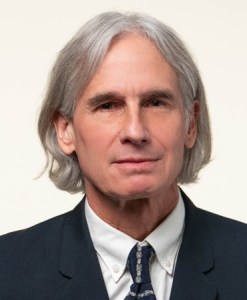This paper introduces a form of boundedly-rational inflation expectations in the New Keynesian Phillips curve. The representative agent is assumed to behave as an econometrician, employing a time series model for inflation that allows for both permanent and temporary shocks. The near-unity coefficient on expected inflation in the Phillips curve causes the agent’s perception of a unit root in inflation to become close to self-fulfilling. In a "consistent expectations equilibrium," the value of the Kalman gain parameter in the agent’s forecast rule is pinned down using the observed autocorrelation of inflation changes. The forecast errors observed by the agent are close to white noise, making it difficult for the agent to detect a misspecification of the forecast rule. I show that this simple model of inflation expectations can generate time-varying persistence and volatility that is broadly similar to that observed in long-run U.S. data. Model-based values for expected inflation track well with movements in survey-based measures of U.S. expected inflation. In numerical simulations, the model can generate pronounced low-frequency swings in the level of inflation that are driven solely by expectational feedback, not by changes in monetary policy.
About the Author
Kevin Lansing is a senior research advisor in the Economic Research Department of the Federal Reserve Bank of San Francisco. Learn more about Kevin Lansing
